2,4-Dihydroxybenzophenone
Synonym(s):2,4-Dihydroxybenzophenone;BP-1;DHB;EIF4EBP1;PHAS-I
- CAS NO.:131-56-6
- Empirical Formula: C13H10O3
- Molecular Weight: 214.22
- MDL number: MFCD00002277
- EINECS: 205-029-4
- SAFETY DATA SHEET (SDS)
- Update Date: 2025-12-17 09:49:52
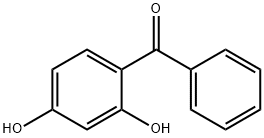
What is 2,4-Dihydroxybenzophenone?
Chemical properties
yellow crystalline powder
The Uses of 2,4-Dihydroxybenzophenone
2,4-Dihydroxybenzophenone is an metabolite of Benzophenone (B204980), an compound used in the manufacturing of antihistamines, hypnotics and insecticides.
The Uses of 2,4-Dihydroxybenzophenone
Ultraviolet light absorber, especially in paints and plastics.
The Uses of 2,4-Dihydroxybenzophenone
Novel mordent and disperse azo dyes were prepared by the coupling of various diazo solutions of aromatic amines with 2, 4-dihydroxybenzophenone. The ultraviolet absorbing monomers were synthesized by reaction of 2, 4-dihydroxybenzophenone with glycidyl acrylate and glycidyl methacrylate. Two new polymerizable stabilizers, 4-benzoyl-2-(α-piperidino-2-chlorobenzyl)-3-hydroxyphenyl acrylate (BPBHA) and corresponding methacrylate (BPBHMA), were synthesized and characterized from 2,4-Dihydroxybenzophenone. a polymerizable UV-stabilizer, 2-hydroxy-4-(3-methacryloxy-2-hydroxylpropoxy) benzophenone (BPMA), was synthesized using 2, 4-dihydroxybenzophenone (UV-0) and glycidyl methacrylate (GMA).
What are the applications of Application
2,4-Dihydroxybenzophenone is a useful chemical for proteomics research
Preparation
Obtained by condensation of benzanilide with resorcinol in the presence of zinc chloride and phosphorous oxychloride at 130–140° for 1 h (25%).
Definition
ChEBI: 2,4-Dihydroxybenzophenone is a member of benzophenones.
Contact allergens
BZP-1 is used, for example, in paints, plastics, and nail varnishes.
Safety Profile
Poison by intravenous and intraperitoneal routes. Mildly toxic by ingestion. An eye irritant. When heated to decomposition it emits acrid smoke and irritating fumes.
Purification Methods
Recrystallise it from MeOH. [Beilstein 8 IV 2442.]
Properties of 2,4-Dihydroxybenzophenone
| Melting point: | 144.5-147 °C(lit.) |
| Boiling point: | 194 °C (1 mmHg) |
| Density | 1,32 g/cm3 |
| vapor pressure | 0Pa at 25℃ |
| refractive index | 1.5090 (estimate) |
| Flash point: | 125 °C |
| storage temp. | Store below +30°C. |
| solubility | Chloroform (Slightly, Heated), Ethanol (Slightly, Heated) |
| pka | 7.72±0.35(Predicted) |
| form | Crystalline Powder |
| color | Yellow |
| PH | 5 (10g/l, H2O, 20℃)(slurry) |
| Water Solubility | insoluble |
| Merck | 14,1106 |
| BRN | 1311566 |
| CAS DataBase Reference | 131-56-6(CAS DataBase Reference) |
| NIST Chemistry Reference | Methanone, (2,4-dihydroxyphenyl)phenyl-(131-56-6) |
| EPA Substance Registry System | Methanone, (2,4-dihydroxyphenyl)phenyl- (131-56-6) |
Safety information for 2,4-Dihydroxybenzophenone
| Signal word | Warning |
| Pictogram(s) |
 Exclamation Mark Irritant GHS07  Health Hazard GHS08  Environment GHS09 |
| GHS Hazard Statements |
H319:Serious eye damage/eye irritation H411:Hazardous to the aquatic environment, long-term hazard |
| Precautionary Statement Codes |
P202:Do not handle until all safety precautions have been read and understood. P264:Wash hands thoroughly after handling. P264:Wash skin thouroughly after handling. P273:Avoid release to the environment. P280:Wear protective gloves/protective clothing/eye protection/face protection. P305+P351+P338:IF IN EYES: Rinse cautiously with water for several minutes. Remove contact lenses, if present and easy to do. Continuerinsing. P308+P313:IF exposed or concerned: Get medical advice/attention. |
Computed Descriptors for 2,4-Dihydroxybenzophenone
| InChIKey | ZXDDPOHVAMWLBH-UHFFFAOYSA-N |
2,4-Dihydroxybenzophenone manufacturer
JSK Chemicals
ASM Organics
New Products
4,4-Difluoropiperidine hydrochloride tert-butyl 9-methoxy-3-azaspiro[5.5]undecane-3-carboxylate Indole Methyl Resin N-Isopropylurea N,N-Dicyclohexylcarbodiimide(DCC) MELDRUMS ACID 5-METHYLISOXAZOLE-4-CARBOXYLIC ACID Magnessium Bis glycinate Zinc ascorbate 1-bromo-2-butyne 2-acetamidophenol 9(10H)-anthracenone Erythrosin B, 4-Piperidinopiperidine 2-((4-morpholinophenylamino) (methylthio) methylene) malononitrile 2,4-dihydroxybenzaldehyde 3-(4-morpholinophenylamino)-5-amino-1H-pyrazole-4-carbonitrile Methyl 2-methylquinoline-6-carboxylate 2,6-dichloro-4-nitropyridine 4-Bromo-2-chlorobenzonitrile 2-(benzylamino)acetic acid hydrochloride 4-(tert-Butoxycarbonylamino)but- 2-ynoic acid 3,4-dihydro-2H-benzo[b][1,4]dioxepine 1-Phenyl-1-cycloprppanecarboxylicacidRelated products of tetrahydrofuran

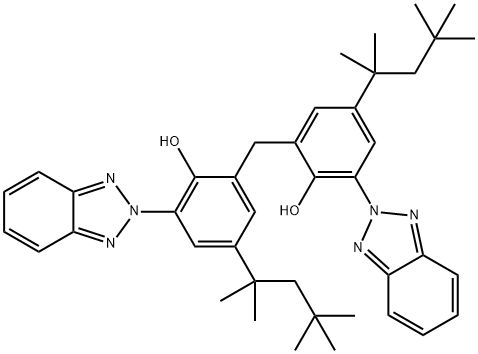
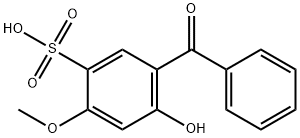
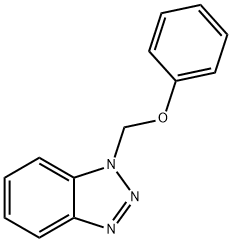
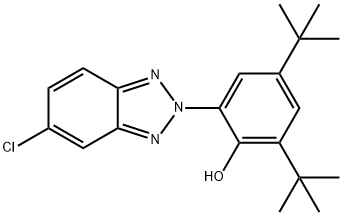
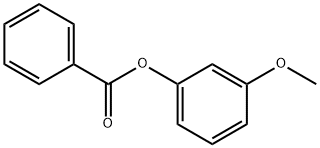
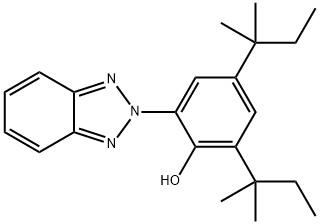
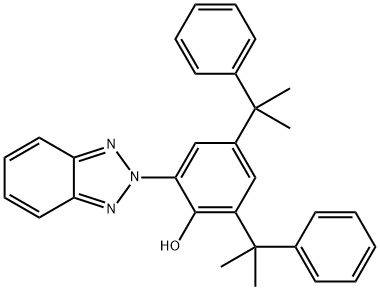
You may like
-
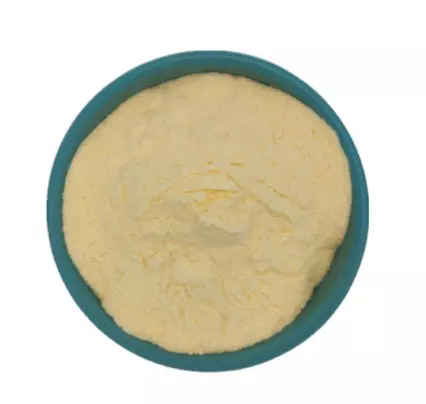 131-56-6 2,4-dihydroxybenzophenone 98%View Details
131-56-6 2,4-dihydroxybenzophenone 98%View Details
131-56-6 -
 131-56-6 99%View Details
131-56-6 99%View Details
131-56-6 -
 131-56-6 2,4-Dihydroxybenzophenone 98%View Details
131-56-6 2,4-Dihydroxybenzophenone 98%View Details
131-56-6 -
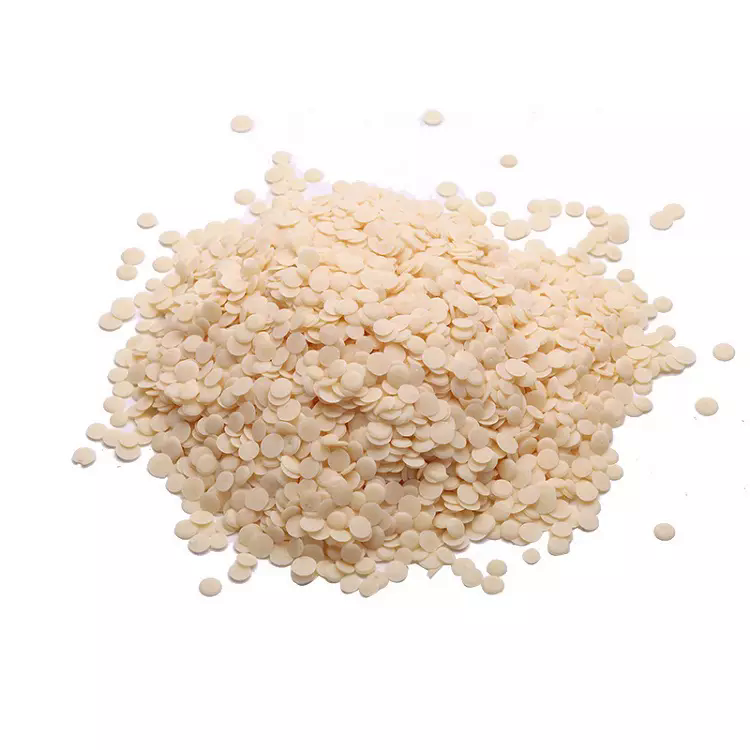 131-56-6 98%View Details
131-56-6 98%View Details
131-56-6 -
 131-56-6 2,4-Dihydroxybenzophenone, 95% 99%View Details
131-56-6 2,4-Dihydroxybenzophenone, 95% 99%View Details
131-56-6 -
 2,4-Dihydroxybenzophenone, 99% CAS 131-56-6View Details
2,4-Dihydroxybenzophenone, 99% CAS 131-56-6View Details
131-56-6 -
 2,4-Dihydroxybenzophenone CAS 131-56-6View Details
2,4-Dihydroxybenzophenone CAS 131-56-6View Details
131-56-6 -
 2,4-Dihydroxybenzophenone CAS 131-56-6View Details
2,4-Dihydroxybenzophenone CAS 131-56-6View Details
131-56-6
